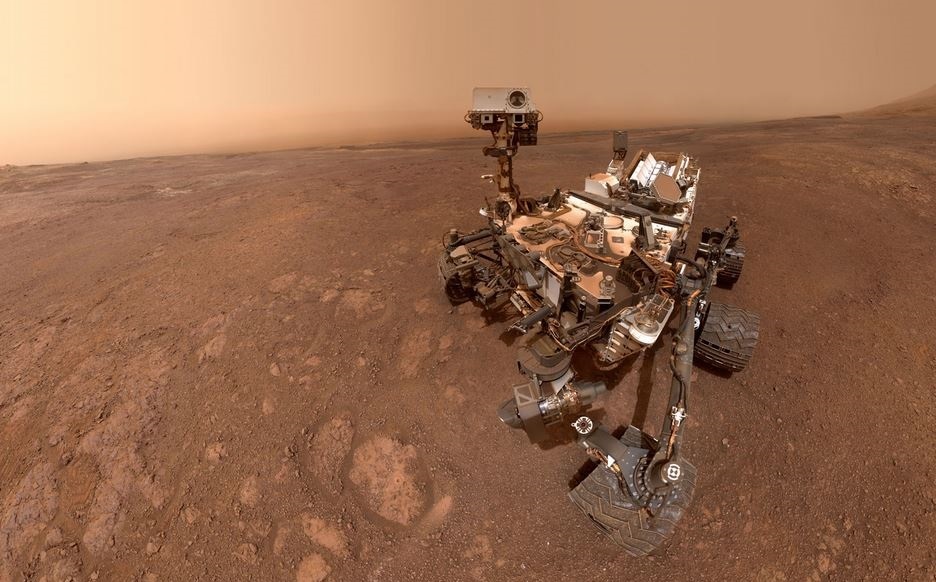Madrid /
In early March, the Rover Curiosity Mars from NASA Scientists have begun to approach an interesting rock formation in Matt called “Mont Merco”, which is a nickname taken from an incredible mountain in France, and here we tell you why.
Standing at a height of about 6 meters, it catches the outside in all its majesty A new rover SelbyAs well as two panoramas that provide a 3D view. This selfie shows the curiosity of Mont Merco, on a rock model with the nickname “Nontron” with a new drill nearby, Model No. 30 of work to date.
Curiosity said the drill model was triggered before being inserted into the rover so that the scientific team could better understand the composition of the rock and the clues it could give about Mars’ past.
This area is in transition between the “clay carrier unit” and the “sulfate carrier unit” that Curiosity is dropping, which has been on the 5km high mountain sharp mountain where the rover has been accumulating since 2014. Scientists have long thought that this change could reveal what happened to Mars today.
What is Mont Merco, and why is the area discovered on Mars so nicknamed?
Located near the village of Nontron in the southeast of Mont Merco, France. The team chose nontron-related nicknames for this part of the Red Planet because Martian orbits discovered a type of clay ore nandronite found near Nontron in the region. Surface works provide nicknames for missions to provide mission team members with a common way of representing rocks, soil, and other geographical features of interest.
‘Selby’ contains 60 images taken by the Mars Hand Lens Imager (MAHLI) on the rover robot’s hand on March 26, 2021, 3070 or the Martian solar day. These were attached to 11 pictures taken on the “head” of the Mastcom Mast or Rover on March 16, 2021.
Curiosity also provided a pair of panoramas on March 4, 2021 using its Mastcam. By shooting a panorama from a distance of about 40 meters from the outside, then turning to the side and shooting another from the same distance, the rover created a similar stereoscopic effect. For those seen in 3D viewers. Studying the exterior from more than one angle allows scientists to better understand the 3D geometry of the sedimentary layers of Mount Merco.
In addition to the stereo display and selfie, Curiosity captured the 360-degree panorama of Mont Merco and its surroundings with its mastercam.
LNP





:quality(85)/cloudfront-us-east-1.images.arcpublishing.com/infobae/KTKFKR763RBZ5BDQZJ36S5QUHM.jpg)